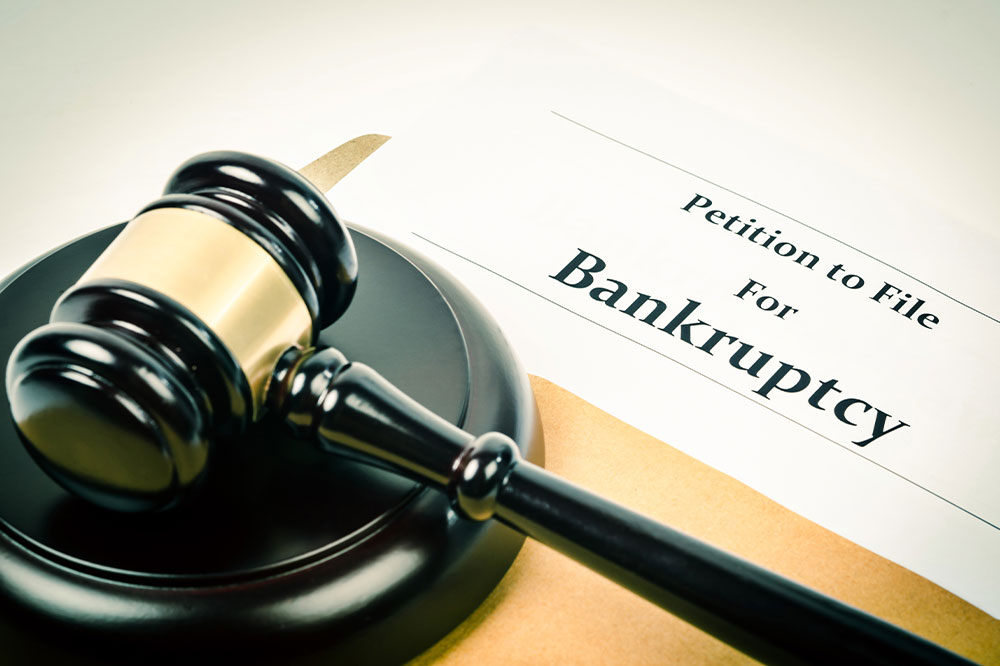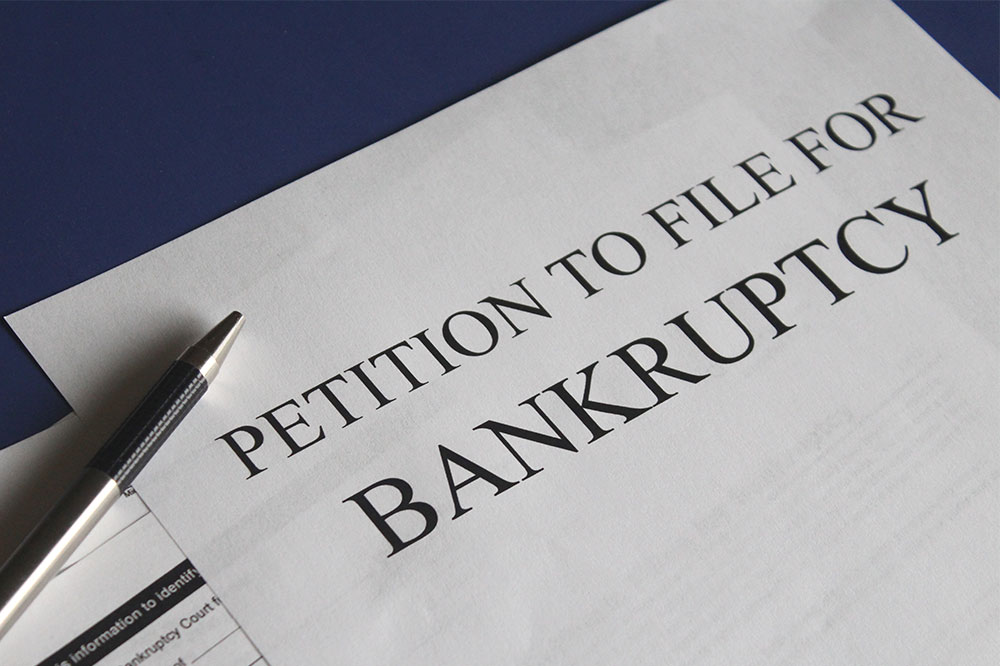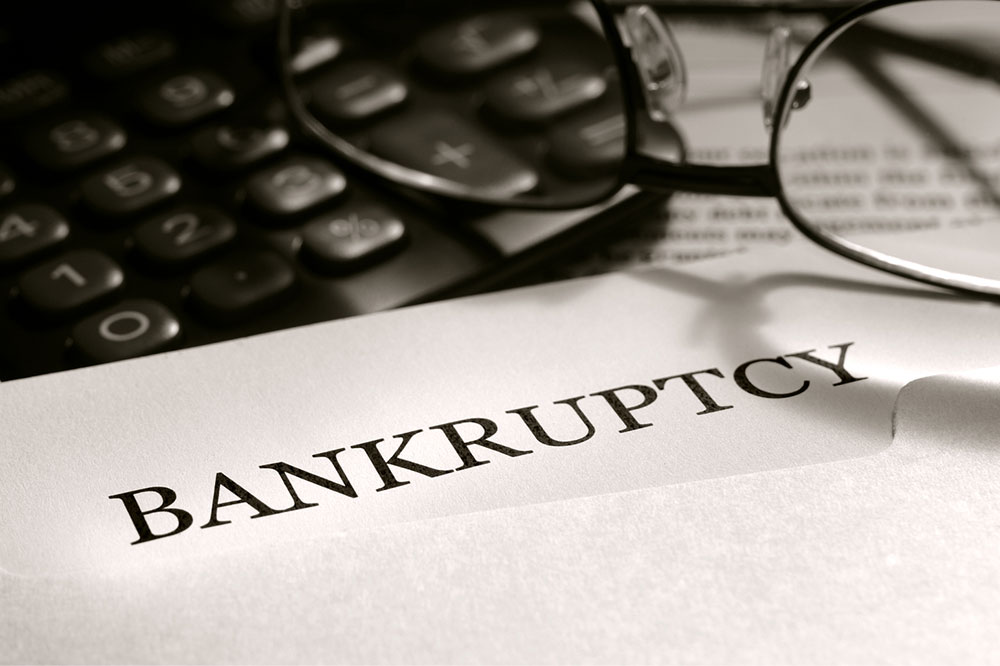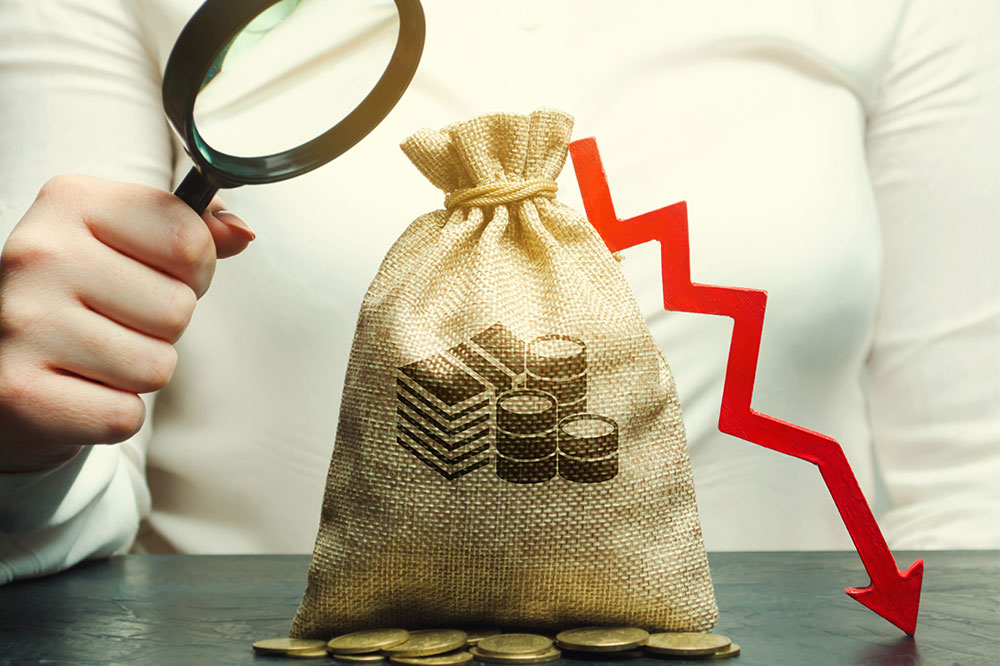Comprehensive Guide to Bankruptcy Costs: Essential Insights Before You File
This comprehensive article explores the true costs associated with bankruptcy, including legal fees, filing expenses, and long-term credit impacts. It explains the differences between Chapter 7 and Chapter 13 bankruptcy, helping individuals understand what to expect financially when considering this option. Filled with detailed insights, tips, and considerations, this guide aims to prepare debtors for the financial implications of bankruptcy, enabling informed decisions for a fresh financial start while highlighting the importance of strategic planning and professional advice.

Comprehensive Guide to Bankruptcy Costs: Essential Insights Before You File
Facing overwhelming debt can be a stressful and daunting experience, often prompting individuals to consider bankruptcy as a potential solution. Filing for bankruptcy can provide significant relief by stopping debt collection efforts and, in many cases, discharging most or all of your debts. However, before making this critical financial decision, it is vital to understand the full scope of bankruptcy costs and what it entails financially. This comprehensive guide aims to shed light on the various expenses involved with bankruptcy, the differences between its main types, and important considerations to keep in mind.
Bankruptcy is a legal process that reorganizes or eliminates debt, offering relief to those struggling to meet their financial obligations. Yet, the process is not without costs, some of which can catch filers off guard. By understanding typical expenses, you can better prepare for the financial and emotional impacts of bankruptcy, making an informed choice about whether it’s the right path for you.
One of the most significant factors contributing to bankruptcy costs is legal fees. Filing for bankruptcy involves several procedural steps, including court filings, legal consultations, and administrative processes. These costs can vary depending on the complexity of your case, the type of bankruptcy filed, and the region where you are located. Typically, filing fees and legal expenses are the primary financial considerations.
Understanding Different Types of Bankruptcy
There are two main types of bankruptcy filed by individuals, each with distinct procedures, costs, and implications. Knowing these differences helps debtors assess which option might be more suitable for their financial situation and what costs to expect.
Chapter 7 Bankruptcy
This form of bankruptcy is often referred to as liquidation bankruptcy. It is primarily designed for individuals with limited income who do not have sufficient means to pay off their debts. The primary benefit of Chapter 7 is the discharging of most unsecured debts, such as credit card debt, medical bills, and personal loans. The costs associated with Chapter 7 include an initial filing fee, which generally starts around $240 to $245.
While the filing fee is relatively modest, there are additional costs to consider, such as legal fees if you engage an attorney to assist with the process. Legal fees can vary widely but generally start at about $1,000 and can go upward of $2,000 depending on case complexity, attorney experience, and regional rates. Many debtors also need to pay for credit counseling courses, which are mandatory before filing. These courses typically cost between $15 and $50 but may sometimes be obtained for free through nonprofit organizations offering pro bono services.
Chapter 7 filings can be relatively quick, often finalized within three to six months. However, it's essential to consider the impact on your credit report, which can remain for up to ten years, potentially affecting your ability to obtain future credit or loans.
Chapter 13 Bankruptcy
Designed for individuals with a regular income who want to retain their assets, Chapter 13 involves restructuring debts into manageable repayment plans over three to five years. This type of bankruptcy is more suitable for those who wish to keep their homes, cars, or other valuable assets. The filing fee for Chapter 13 is approximately $235, similar to Chapter 7, but it often involves ongoing payments to the bankruptcy trustee, generally around 10% of the repayment amount.
Legal costs for Chapter 13 tend to be comparable to or slightly higher than Chapter 7, ranging from $1,000 to $3,000 depending on case particulars. Debtors must also undergo credit counseling and debtor education courses, which can cost between $50 and $100 but are sometimes discounted or available free of charge through nonprofit organizations.
This type of bankruptcy can be more costly over time due to the extended repayment period, but it often helps debtors preserve assets and rebuild credit gradually.
Beyond the immediate expenses, it’s crucial to understand the long-term impact of bankruptcy on your financial health. A bankruptcy stays on your credit report for up to ten years, which can hinder your ability to secure new credit or loans. Despite these drawbacks, bankruptcy can be a valuable tool for financial recovery, offering a fresh start when managed carefully.
In addition to legal and filing fees, there are other costs to consider, including the time and emotional energy required to navigate the process, potential tax implications, and the impact on your creditworthiness. being well-informed about these expenses enables you to approach bankruptcy more confidently and prepare thoroughly.
Staying updated on personal finance strategies can help you manage debt more effectively. Follow us on social media platforms like Facebook and Twitter for the latest insights on debt management, credit repair, and financial planning tips. Remember, making informed decisions about bankruptcy is crucial to safeguarding your financial future and achieving long-term stability.





